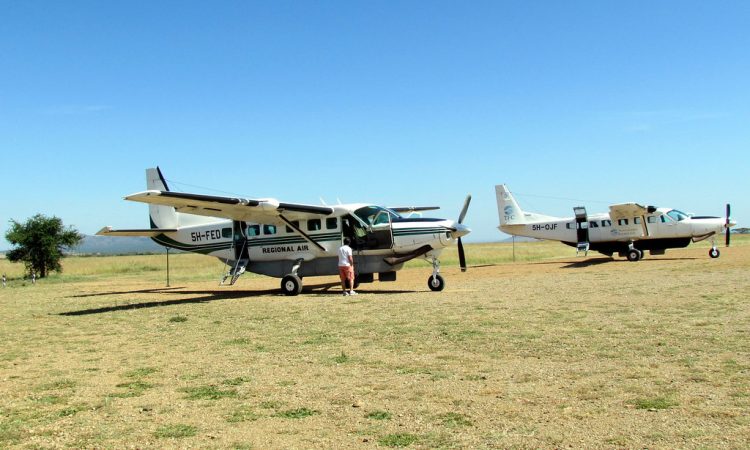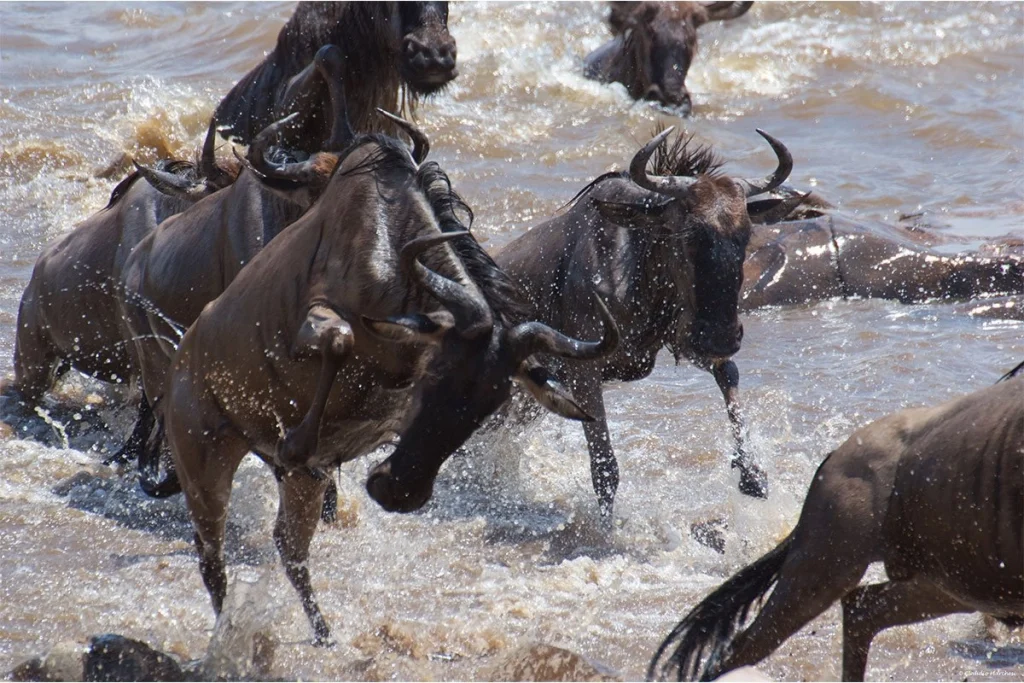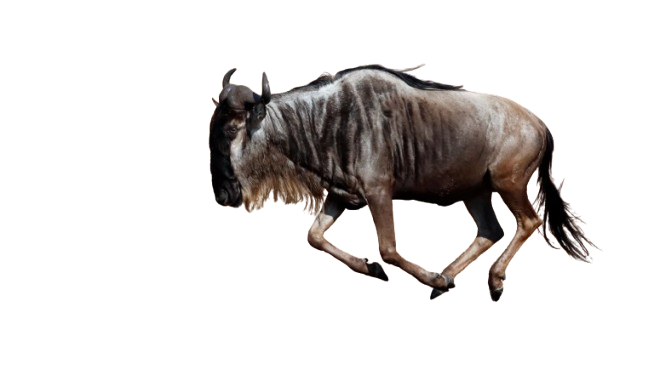How to get to Serengeti National Park
How to get to Serengeti National Park : Serengeti is the oldest and most frequented national park situated in northern Tanzania. The national park encompasses a total area of 14,763 square kilometers, rendering it the second-largest national park in Tanzania, following Ruaha National Park. The park was established in 1951 and comprises various wildlife species, including vegetation types such as riverine forests, savannahs, grassland plains, and woodlands, as well as fauna including the “Big Five” mammals (elephants, buffaloes, lions, black rhinos, leopards) and other species like giraffes, zebras, cheetahs, wildebeests, gazelles, spotted hyenas, and wild dogs, among others. Numerous people frequent Serengeti National Park to witness the remarkable wildebeest migration, during which over one million wildebeests, together with thousands of gazelles, zebras, and other antelopes, move annually from the Serengeti plains to the Masai Mara in Kenya in pursuit of fresh grass. Serengeti Park features diverse attractions, including a plethora of wildlife and avian species, and provides engaging activities for guests during their safari experience.
Taking a road trip to Serengeti National Park
Going through the entrance of lake Manyara National park, is the commonest route into the Serengeti while coming from Arusha, one of Tanzania’s big cities. Mounting through the escarpment of the rift valley,then going through community farm gardens, to the Ngorongoro crater conservation area, descending down past the plains of Olduvai Gorge,taking the eastern direction, then entering the Serengeti via Naabi Hill Gate. While driving, one can take this distance of 325 kms in approximately 8 hours to get there. During the migration of the wildebeest, there are less cars available. Its always recommended that you choose a Tanzania safari company to arrange your trip.
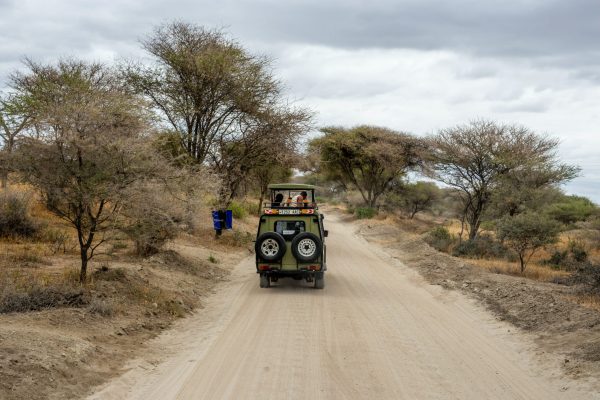
Getting to Serengeti National Park By air
Using the small aircrafts from Arusha ,international flights can be taken to the seronera airstrip which is in the center of Serengeti that is also commonly known as the Kirawira airstrip in the western stretch(corridor).This can cost 135US $ per person for just a one way. The charter cost flights heavily differ and one is advised to keep their luggage within the limits of 10-15kgs for each person. Preference is taken for soft bags for carrying luggage as compared to the hard baggage suitcases.
Kilimanjaro International Airport (KIA) that is located near Arusha is the closest International Airport to the serengeti. The only international airline currently that flies directly to Arusha is KLM ( coming from Amsterdam daily) .Alternatively other airlines like Swissair that flies through Nairobi, Kenya from Zurich or Dar-es Salaam to get a connecting flight to Arusha can also be used.
Serengeti is 14,763 sq kms that is also translated as 5,700 sq miles in size. From Arusha, Serengeti is located 335 kms (208 miles) and stretching North to Kenya while neighboring Lake Victoria to the West. Serenget takes its position as Tanzania’s largest and most known National Park. Offering a variety of unprecedented safari opportunities. Save time and venture the vast beauty that it holds.
Getting to Serengeti From Arusha
Getting to Serengeti from Masai mara
When is the best time to get to Serengeti national Park
The best time for visiting the Serengeti are January to February and June to October. The Serengeti’s wildlife density provides an exceptional safari experience regardless of the season. The park’s expansive plains and temperate climate ensure that vegetation remains sparse enough for animal visibility, while the area’s two brief rainy seasons, occurring from November to December and March to April, are not excessively uncomfortable.
Month by Month Guide for Travelling to the Serengeti National Park
In January, the Serengeti’s undulating grasslands exhibit a vibrant emerald hue, with minimal dust, resulting in exceptional game viewing conditions. The Ndutu Plains region is particularly favored during this season due to its verdant nature, supporting year-round resident fauna like elephants, giraffes, and several antelope species.
February marks the wildebeest calving season, rendering it the optimal period for a Serengeti safari to observe numerous herds birthing their offspring. Thousands of wildebeest, zebras, and gazelles can be observed during their annual migration across Serengeti National Park.
March signifies the conclusion of the green season as the ‘long rains’ commence. The Serengeti experiences a low season characterized by diminished safari numbers, as the migratory herds depart from the Ndutu region in the south and proceed westward. Humidity increases in March; yet, this period offers optimal rates for accommodation in the Serengeti.
April, Visitor numbers to the Serengeti begin to decline in April, primarily attributable to the increased humidity and precipitation during this period. Although it is not typically regarded as the optimal period to visit the Serengeti, it might serve as an excellent opportunity to venture off the conventional paths and discover the park’s secluded areas.
May experiences substantial rainfall, resulting in a rather tranquil atmosphere at the camps and lodges in the Serengeti. This is not an optimal period for a safari in the Serengeti unless one ventures to the middle and western areas of the park to observe the Great Migration.
June marks the commencement of the renowned dry season and is the optimal period to visit the Serengeti, just prior to the peak safari season. The Great Migration commences its northward movement during this period, characterized by prevailing arid conditions, with a minimal likelihood of sporadic afternoon thundershowers.
A multitude of travelers converge in the Serengeti from July to September to observe the Great Migration. River crossings during these months are a dramatic event, frequently inciting terror among the herds as crocodiles lie in ambush, seeking to capture them as they traverse. The number of safari vehicles in Serengeti National Park is more during this period than at any other time of the year.
August is the zenith of the season and is widely regarded as the optimal period to observe the spectacular river crossings from the northern Serengeti into the Masai Mara. This is the optimal period to explore the Serengeti for many wildlife sightings, as the herds are more visible and several predators are present — one may observe Africa’s large felines in pursuit of prey!
September remains exceptionally active with tourists in Serengeti National Park, particularly along the Kenyan and Tanzanian borders, as animal herds traverse the Mara River in smaller groups. The southern regions of the park have reduced activity in September.
By October, the Serengeti plains are predominantly arid, however the dry season is nearing its conclusion. Despite the migration of herds into Kenya, wildlife viewing in Serengeti National Park remains exceptionally remarkable.
November marks the onset of the ‘brief rains’ in Serengeti National Park and represents a tranquil, off-peak season. The rains create lush meadows for grazing in the southern regions, presenting an opportune moment to capitalize on reduced prices.
The precipitation persists, transforming the landscape from arid, dusty plains to undulating grasslands. The Great Migration cycle in the Serengeti persists in December. The migrating herds journey to the southern plains of the Ndutu region to prepare for the breeding season. The temperatures and humidity commence to increase throughout the hot summer months. The holiday season may be quite hectic, hence it is prudent to secure your lodging well ahead of time.
Attractions is Serengeti National Park
Serengeti National Park is a sanctuary for African wildlife. Mecca is one of the premier game viewing places not only in Tanzania but throughout Africa. The site of the world’s most extensive animal migration, known as the wildebeest migration. The park possesses the oldest ecosystem in the world, which remains intact to this day. The vast expanses of the open savannah, punctuated by Acacia trees, are a quintessential tourist destination for those envisioning the authentic African jungle. The core of Tanzania’s tourist sector is overseen by the Tanzania National Park Authority.
The attractions of Serengeti National Park are the features that draw a significant number of visitors to the park. It is endowed with natural beauty, which is why many assert that the Serengeti never disappoints. It features a compilation of attractions that renders your Serengeti safari a once-in-a-lifetime experience that exceeds your expectations. The attractions of Serengeti National Park encompass a high density of wildlife, cultural experiences, picturesque scenery, and the dynamic wildebeest migration. This page presents the key attractions in Serengeti National Park that are essential during your safari. Among them are the following:
Wildebeest migration
The renowned Serengeti National Park is centered around the migration of wildebeest. Over fifty percent of the visitors to the park seek to observe the dynamic occurrences of nature. The climax occurring from July to August is characterized by millions of wildebeests crossing the Mara River into Kenya’s bustling Masai Mara National Reserve. Attractions of Serengeti National Park The greatest animal migration in the world is a distinctive annual event that draws thousands of visitors to the park during that season. The wildebeest migration constitutes the foundation of Serengeti National Park. The primary attractions in Serengeti National Park are essential experiences that one should not overlook; yet, they require optimal scheduling for visitation. Designated as the natural wonders of the world, the voyage proceeds exclusively in a clockwise fashion. The wildebeest migration occurs year-round, but in varying locations inside Serengeti National Park. The survival of the fittest journey presents the wildebeest with formidable hurdles, such as crossing rivers while facing predators both on land and in water.
Birds
Serengeti National Park, sometimes referred to as a minor bird paradise, is home to numerous exceptional bird species. Over 500 bird species are dispersed across the broad plains of the park. Given the park’s expanse, birdwatchers extend their Serengeti birding tours significantly to attain optimal results. Birding safaris are preferably conducted during the green season when avian species are in their nesting phase. During the green season, the park attracts migrating birds from throughout the globe. Birds are significant attractions in Serengeti National Park. The following are examples of birds observed in Amboseli National Park: Weaver bird, Secretary bird, Sacred Ibis, Hammerkop, African Jacana, Flamingo, Grey Crowned Crane, Lapwing, Dickson’s Kestrel, African Swamphen, Pangani Longclaw, Herons, Ostriches, Hornbill, among others.
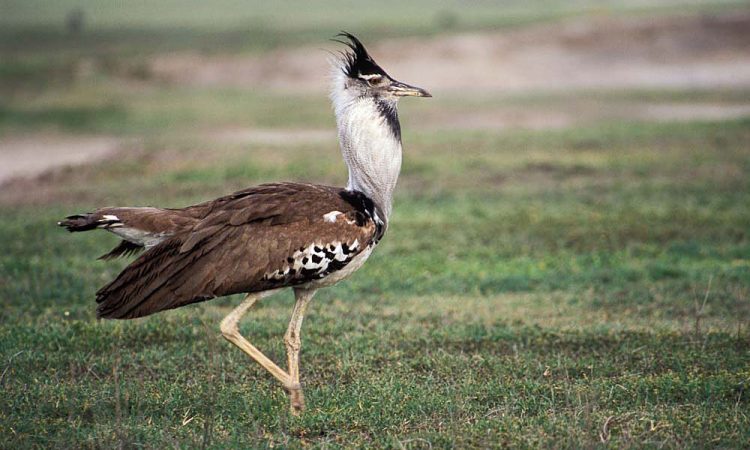
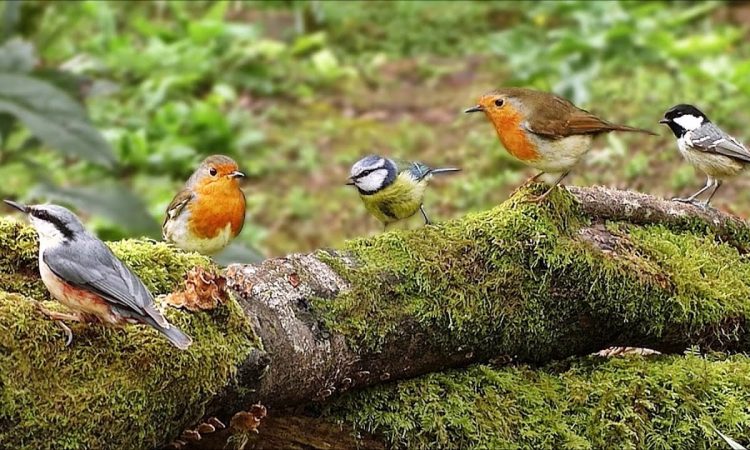
Animals in Serengeti
Serengeti National Park is one of the premier destinations for wildlife observation. The large open savannah grassland that characterizes the park’s vast plains provides excellent vantage points for seeing wildlife. The park accommodates a substantial population of animals, particularly predators such as big cats. The attractions of Serengeti National Park encompass the African Big Five: rhinoceroses, buffaloes, elephants, lions, and leopards. Animals are the primary attractions of Serengeti, as the park’s size facilitates a balanced population expansion of both predators and prey. Game drives are the pinnacle of your Serengeti safari, immersing you in the power of nature while allowing proximity to the wildlife. The fauna observed in the Serengeti comprises lions, leopards, elephants, buffaloes, giraffes, rhinoceroses, gazelles, wildebeests, topi, dik-dik, hyenas, hippopotamuses, jackals, zebras, baboons, monkeys, and several others.
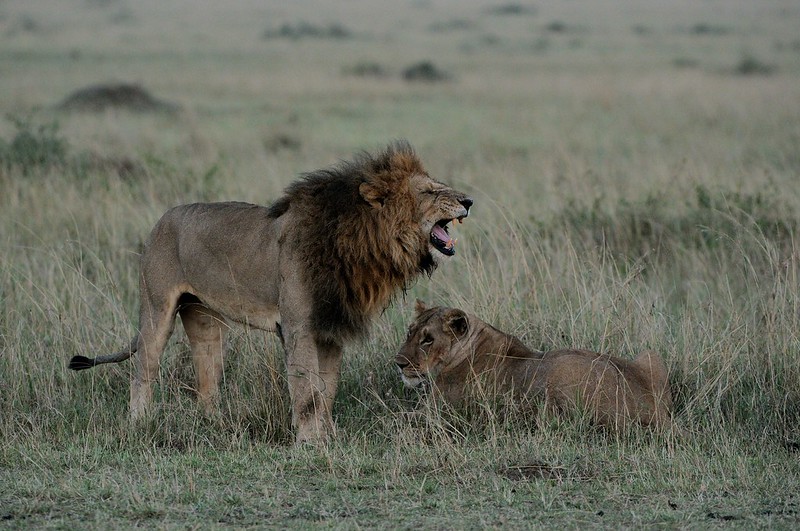
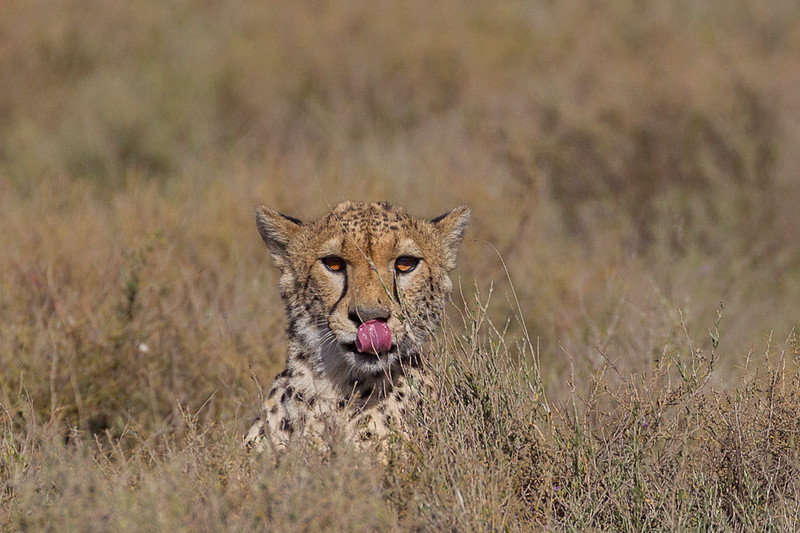
Hippo Pools
These are water catchment regions within the park, primarily inhabited by hippos. A visit to Serengeti National Park is incomplete without experiencing the hippo pool. Attractions of Serengeti National Park. The hippo pools are significant attractions in Serengeti National Park that merit a visit. Observing the substantial aquatic creature up close, with its entire body exposed, is astonishing. They are present in significant quantities in the small body of water. They continuously oscillate their tails to splash water onto their backs. Several hippo ponds exist in the park, with the most renowned being the Retina Hippo Pool, which attracts significant attention.

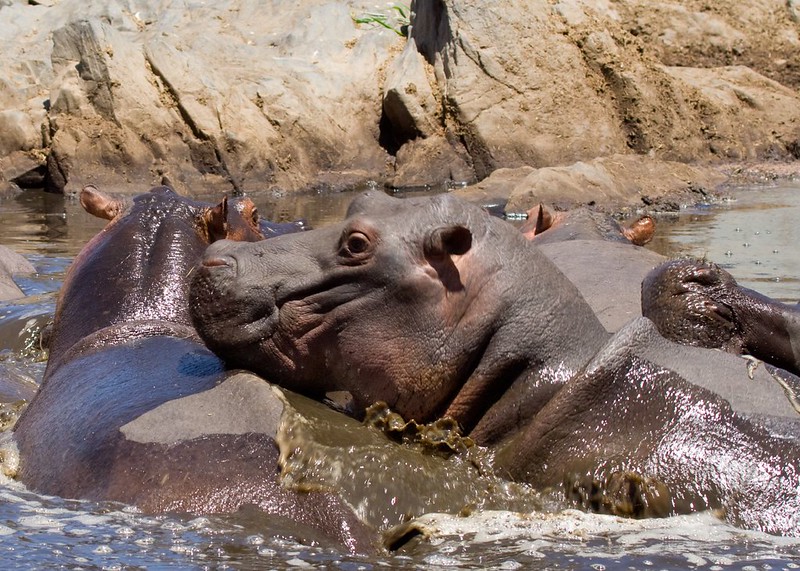
Maasai Culture
The Maasai people are among the rare groups that have preserved traditional culture despite the rapid spread of modernism. The locals were the initial inhabitants of the park prior to its designation as a protected area. Attractions of Serengeti National Park
Following the designation of the park, the Maasai people were evacuated to the Ngorongoro Conservation Area; however, over time, they have reoccupied portions of the Serengeti. The local Maasai community is one of the attractions of Serengeti National Park, offering a distinctive African cultural experience. Several lodges have engaged native Maasai individuals to consistently entertain tourists during nighttime campfire gatherings. The Serengeti is not just a habitat for wildlife but also a residence for the Maasai warriors. Their traditional rituals are distinctive and merit a visit.
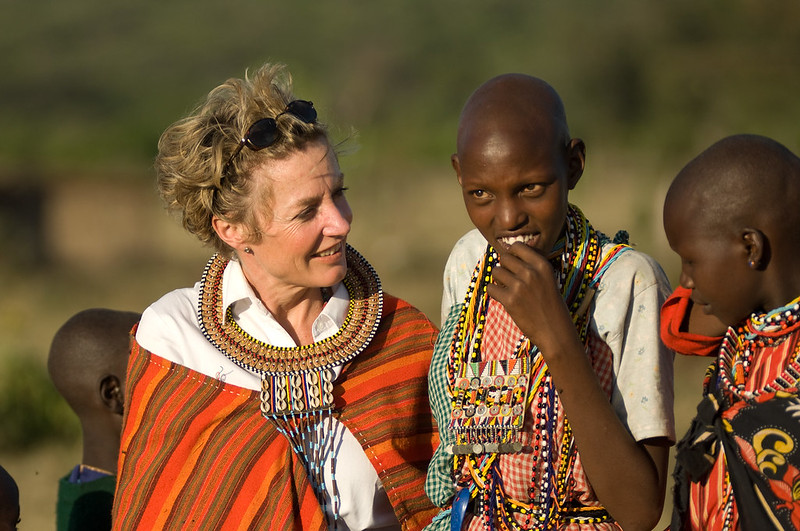
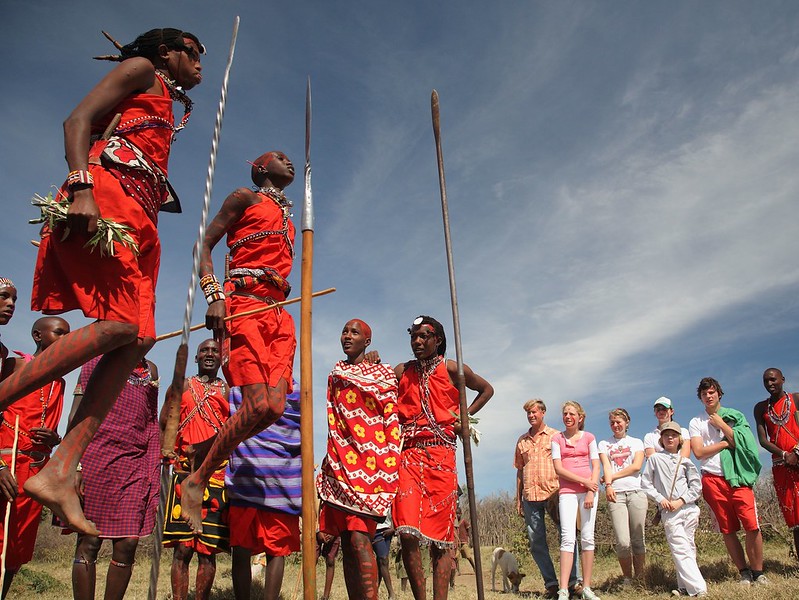
Moru Kopjes
These are the volcanic inselbergs, also referred to as rock outcrops. They are allocated to certain areas of the park. They are subjugated by the territorial lion prides and the apprehensive Black Rhinos. The rocks serve as both animal habitats and picturesque landscapes for observation. The attractions of Serengeti National Park are many, and a safari is the only means to discover them all, book your trip us an discover all attractions in Serengeti national Park
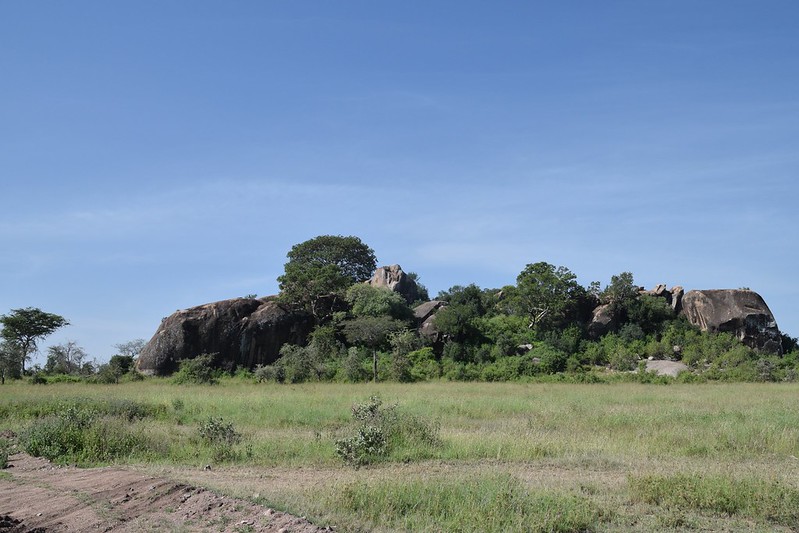

Things to do In Serengeti National Park
Activities in Serengeti National Park: Serengeti National Park, the most renowned and oldest national park, is situated in the northwestern region of Tanzania, adjacent to the Maasai Mara National Reserve to the north, the Ngorongoro Conservation Area to the southeast, and the Maswa Game Reserve to the southwest. The national park was established in 1951 and encompasses an area of 14,736 square kilometers, featuring savannah, grassland, and acacia forest, as well as a diverse array of wildlife, including elephants, wildebeest, lions, giraffes, zebras, cheetahs, buffaloes, and other bird species. The term Serengeti originates from the Maasai word Siringet, signifying an expansive open area where land extends indefinitely.
Game drives
Game drives comprise the primary activity in the park, conducted in the comfort of a 4WD pop-up safari van. Game drives can be conducted either early in the morning at approximately 6:00 AM, when the park is most active, allowing for the observation of predators before they retreat to their hiding places, or in the afternoon around 4:00 PM. Morning game drives are the most prevalent and rewarding, as many animals exhibit heightened activity. Consequently, one can observe animals grazing, experience predators such as lions, leopards, and hyenas hunting, witness the awakening of birds, enjoy spectacular views of the sunrise, and observe the wildebeest migration, among other phenomena.

Guided nature walks
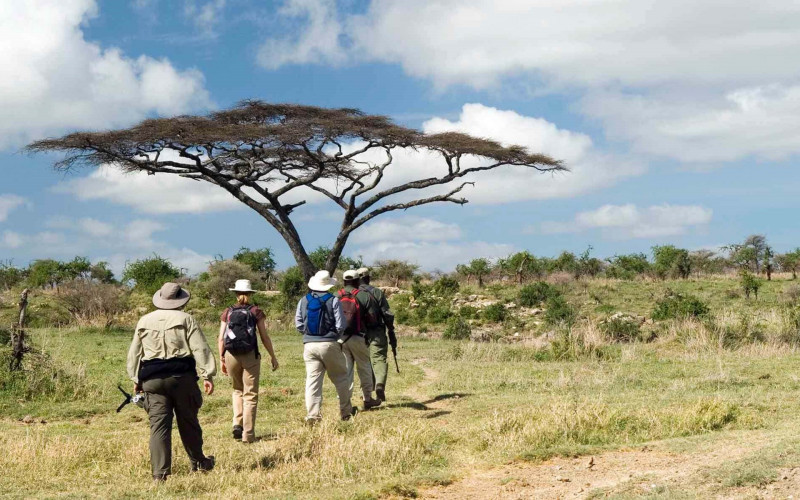
Guided nature walks provide tourists with the opportunity to exit the safari vehicle, stretch, and explore the park on foot. Nature walks in Serengeti National Park are led by a seasoned armed park guide and are most effectively undertaken in the morning or evening. On the guided nature walks, participants will traverse various trails in the park, observing the wildebeest migration across the Mara River, examining animal habitats, diverse plant and tree species, butterflies, and listening to the melodious songs of birds in the trees, while appreciating the picturesque scenery, including sunsets and sunrises, and capturing clear photographs, among other activities.
Bird Watching
Serengeti National Park is a renowned birding destination in Tanzania, hosting over 500 bird species, including endemic birds exclusive to the Serengeti Mara habitat, near-endemic species found in adjacent countries, and migratory species. Birdwatching can occur either in the early morning or late evening, accompanied by a knowledgeable birding guide. During this activity, one may observe various avian species, including Fischer’s lovebird, Usambiro barbet, rufous-tailed weaver, grey-crested helmet, green-backed fiscal, black-headed gonolek, silverbird, yellow-throated sandgrouse, Rüppell’s vulture, Heuglin’s starling, grey-breasted spurfowl, and red-capped robin-chat, among others.
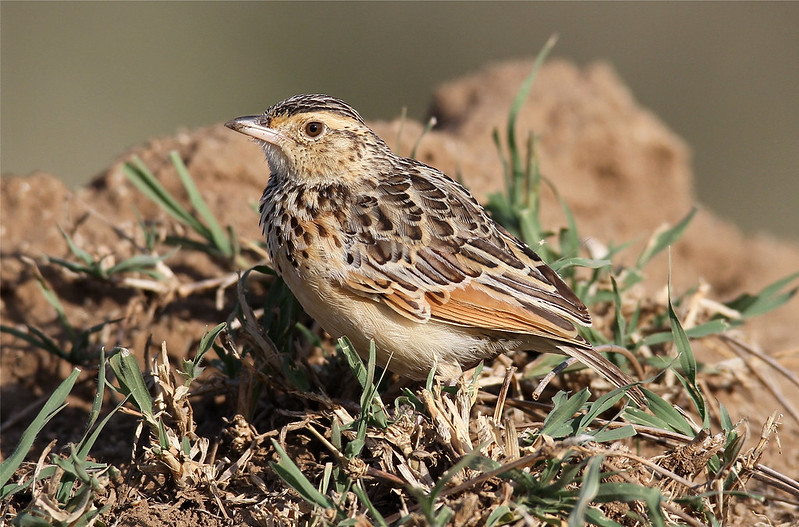
Hot air balloon
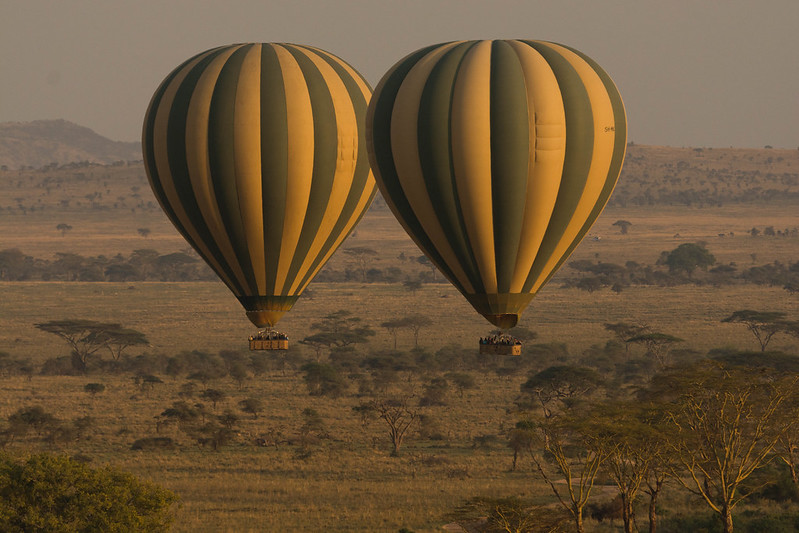
A hot air balloon offers an adventurous experience in the park, providing magnificent views of the surroundings. Visitors will be collected from the lodge at approximately 5:00 am and transported to Maasai Kopjes, where they will receive a briefing on expectations, safety, and precautions for the hot air balloon experience. Subsequently, commence the flight, which has a duration of around one hour. During the exhilarating experience, you will witness breathtaking vistas of trees, expansive plains, wildlife, and avian species, relish the sunrise, and upon landing, partake in a bush breakfast accompanied by a bottle of champagne. Following breakfast, you will receive a certificate for your participation in a hot air balloon excursion, after which you will be returned to your lodge or have the option to embark on a morning game drive in the open plains.
Witnessing the great migration
During your safari in Serengeti National Park, you will observe the great migration, wherein over 1.5 million wildebeest, 350,000 Thomson’s gazelles, and 200,000 zebras, together with various antelopes, gather their offspring and commence their journey north from the Serengeti plains, crossing the Mara River. The annual migration is thought to be influenced by climatic conditions, as the animals pursue rainfall and the emergence of fresh grass. The migration commences in the northern Serengeti plains with the calving of calves from January to March. The prevalence of vulnerable calves attracts predators, resulting in simultaneous occurrences of calving and big cat hunting during this period. During drought in May, the herd migrates north to Maasai Mara National Park to graze on lush green grass, providing an opportunity to witness the breathtaking spectacle of wildebeests crossing the Grumeti River.
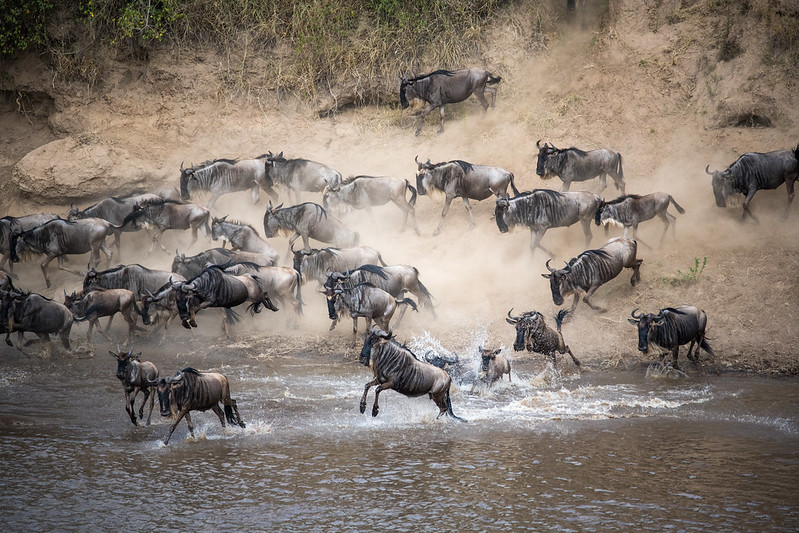
Cultural tours
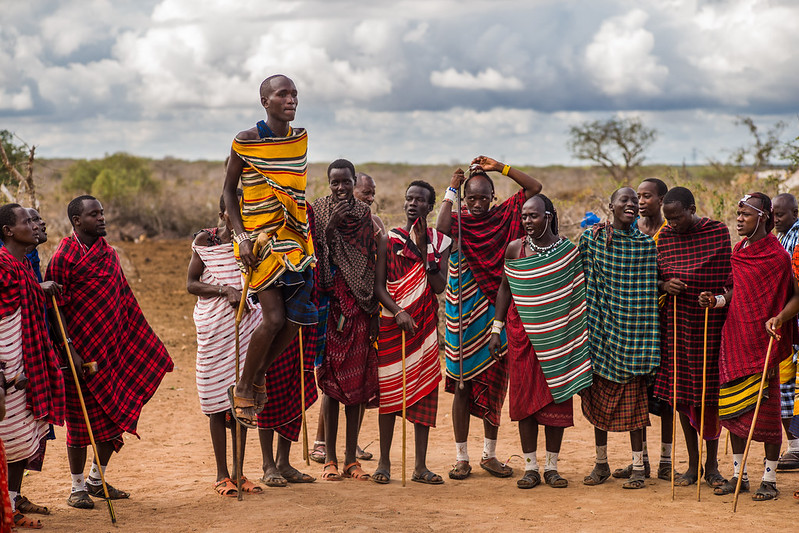
Cultural trips in the Serengeti National Park provide tourists with the opportunity to engage in conversation with the people who live in the settlements that are neighbouring the park. During the cultural tour, you will have the opportunity to visit the Maasai village, where you will have the chance to meet the Maasai people, visit their traditional Boma homesteads known as Manyatta, visit their local school and healthy centers, learn about their culture, tradition, and way of life, sample their traditional dishes, enjoy entertainment provided by Maasai men and women performing traditional dances, music, and drama, and listen to ancient stories, among other things.
Visit Serengeti visitor’s center
Visiting the Serengeti Visitor Center, The Serengeti Visitors Center is a compact tourist village situated in Seronera within the park. It includes a reception area, video room, café, administrative offices, souvenir shops, and features such as an elevated walkway constructed around a cluster of rocks and trees, providing information about the wildebeest migration and the national park as a whole. During your visit to the center, you will gain insights on the park, the wildebeest migration, view videos, engage with fellow guests, and purchase souvenirs, maps, and brochures, among other items.

Delight in bush dinners experiences

The bush dinner in Serengeti National Park commences at approximately 6:00 PM and is held at a picturesque site on the plains, featuring a table, chairs, a campfire, lamps, and a bush kitchen. The bush dinner begins with a brief game drive, followed by arrival at the selected site, offering splendid vistas of the plains. Guests will relish the sundowners, experience traditional marimba music, and gaze at the stars while savoring a five-course dinner prepared over a blazing charcoal BBQ, complemented by Maasai dance and songs. The bush meal enhances the romantic experience of your safari in Serengeti National Park.
Explore the Grumeti River
Millions of wildebeests, gazelles, and zebras begin their annual journey from the north Serengeti plains to the Maasai Mara plains at the Grumeti River, an intriguing location in the park. For wildlife enthusiasts, Grumeti is a must-visit location because of the abundance of crocodiles in the river, which excitedly await the crossing of herds of wildebeests as well as other creatures like lions, elephants, hippos, hyenas, and cheetahs.

